#phoenicia
Text
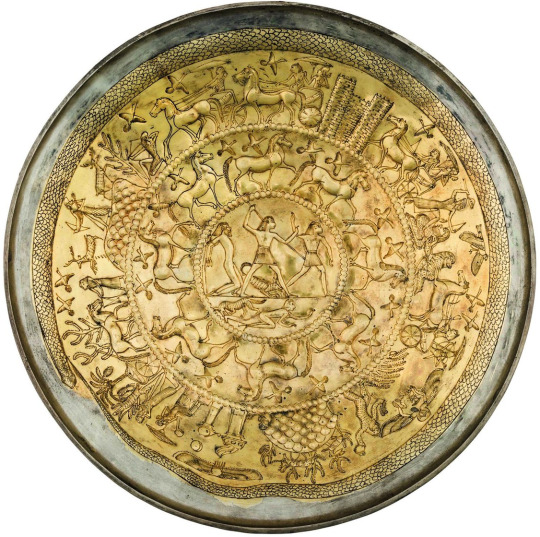

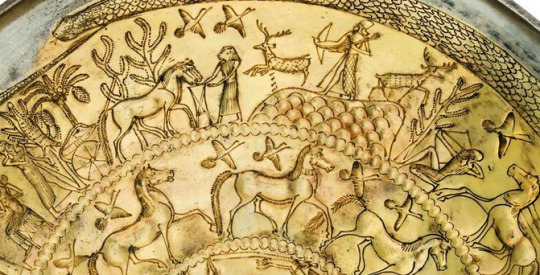

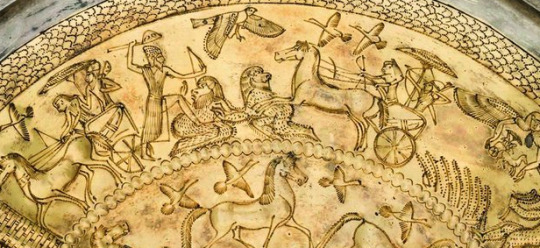
Phoenician Bowl with encircling Serpent
Bernardini Tomb (Palestrina, Italy)
c. 700 BCE
The National Etruscan Museum of Villa Giulia
Rome, Italy
#cyprus#rome#italy#egypt#egyptian gods#canaan#canaanite gods#phoenicia#phoenician gods#aram#aramean gods#syria#syrian gods#levantine gods#mesopotamia#mesopotamian gods#pagan gods#polytheism#archeology#magic#witchcraft#witchblr#paganblr#occult#uroboros#ouroboros#warfare#hunting#soldiers#birds
904 notes
·
View notes
Text
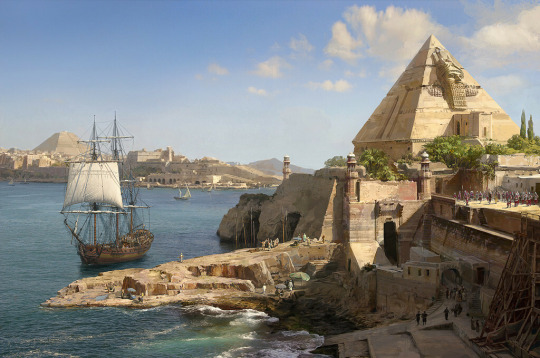
The sister cities of Tyre and Sidon, Phoenicia by Sasha Beliaev
#tyre#sidon#phoenicia#maritime#port#harbour#art#sasha beliaev#ports#harbours#phoenician#phoenicians#mediterranean#eastern mediterranean#levant#ships#ship#biblical#bible#history#antiquity#architecture#boat#boats#sailing#sea#seaport
169 notes
·
View notes
Text
Time Travel Question 16: Ancient History VII and Earlier
These Questions are the result of suggestions from the previous iteration.
This category may include suggestions made too late to fall into the correct grouping.
Please add new suggestions below if you have them for future consideration.
I am particularly in need of more specific non-European suggestions in particular, but all suggestions are welcome.
#Time Travel#Morocco#Phoenicia#The Mediterranean#The Xia Dynasty#Pompeii#Domestication#Agricultural Revolution#Finish history
317 notes
·
View notes
Text

Roman stereotypes of Phoenicians crack me up because half of my family is Phoenician (more precisely, Lebanese). They will happily tell you that it's not piracy and duplicity, it's an entrepreneurial spirit, but if they were pirates they would be very good at it, and Rome deserved it anyway. And they'd never commit fraud, just smuggling and tax evasion. Hypothetically. And also that Rome's alphabet ultimately derives from the Phoenician one, so who really won the Punic Wars, hmm?
(Erich Gruen, "Romans and Others," in A Companion to the Roman Republic, ed. Nathan Rosenstein and Robert Morstein-Marx)
#^ all that is directly based on things my grandparents have said or done#phoenicia#jlrrt reads#erich gruen#carthage#just roman memes
39 notes
·
View notes
Photo

Phoenicia - 501 BC.
by MadameYua
135 notes
·
View notes
Text
you've heard of the Archaic Greek Smile

now get ready for
the grinning Phoenician Death Mask!

Images: Bardo | Louvre (1 2 3 4) | British Museum | Other (1 2 3)
926 notes
·
View notes
Text
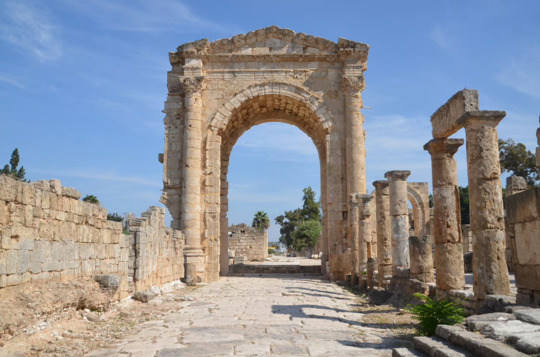

TYRE (in modern-day Lebanon) is one of the oldest cities in the world, dating back over 4,000 years, during which it has been inhabited almost continuously. It was one of the most important, and at times the dominant, city of Phoenicia, whose citizens claimed it had been founded by the great god Melqart.
The city was an ancient Phoenician port and industrial center which, in myth, is known as the birthplace of Europa (who gave Europe its name) and Dido of Carthage (who gave aid to and fell in love with Aeneas of Troy). The name means 'rock' and the city consisted of two parts, the main trade center on an island, and 'old Tyre', about a half-mile opposite on the mainland. The old city, known as Ushu (an earlier name for Melqart), was founded c. 2750 BCE, and the trade center grew up shortly after. In time, the island complex became more prosperous and populated than Ushu and was heavily fortified.
Read More Here
218 notes
·
View notes
Photo
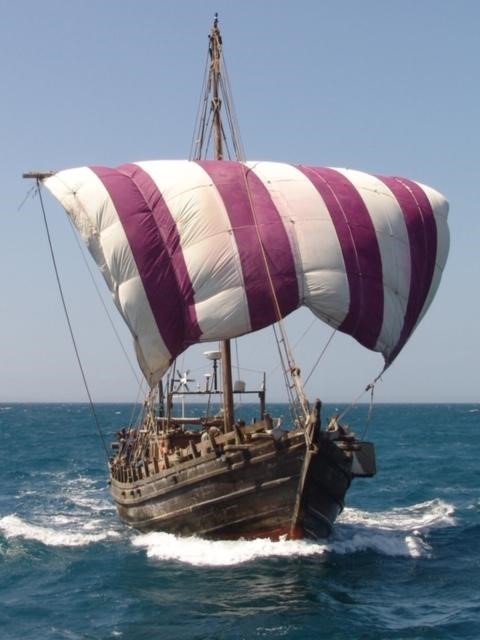
The Phoenicia, a replica of a Phoenician ship, 600 BCE
238 notes
·
View notes
Text
Unfortunately, true
Although in the case of Carthage, some of the problem is a lack of evidence. The other problem is the issue of languages: what's taught. A lot easier to find classes on Latin than Akkadian, if you want to study Neo-Assyria, say. ;-)

#ancient mediterranean studies#Classics#Classics humor#Classics memes#ANE#ancient near east#carthage#Phoenicia#ancient Persia#ancient Mesopotamia
80 notes
·
View notes
Text

Sea Shell With Carved Head At The Apex (Probably Phoenician, 600 BC).
13 notes
·
View notes
Text

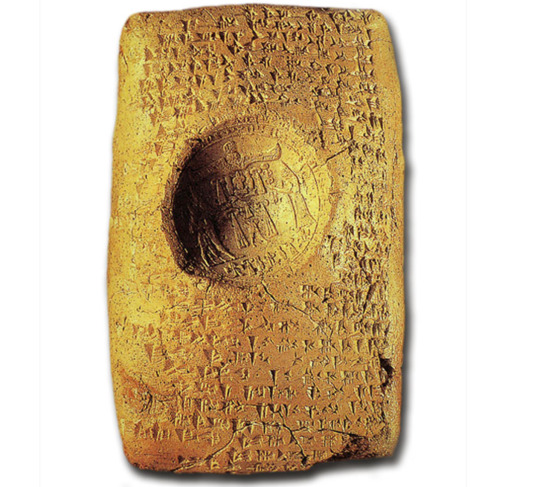
Divorce-Writ of King Ammistamru II
Ugarit, Syria
c. 1250 BCE
A tablet documenting the divorce of King Ammistamru II of Ugarit fromhattusa the daughter of the Amorite king Benteshina, sealed by the Hittite King Ammistamru. The king stands to the right, holding a spear, next to the "Weather God" who holds a club. They are both facing a long-robed female goddess (Arima, the chief Hittite sun-goddess) who stands at the left.
Source: Virtual Museum of Syria
#ugarit#hittite#baal#hadad#ugaritic costume#arima#sun goddess#huttusa#hittite gods#canaan#canaanite gods#phoenicia#phoenician gods#aram#aramean gods#syria#syrian gods#levantine gods#mesopotamia#mesopotamian gods#pagan gods#polytheism#archeology#magic#witchcraft#witchblr#paganblr#occult
266 notes
·
View notes
Text






Working hard or hardly working ? recently for me i’ve been working hard at classes but hardly working at art. So here’s a doodle dump to let people know i’m living. here r my ocs inspired by classical texts anddd phoenicians (wahoo yippee the phoenicians)
5 notes
·
View notes
Text
Photos from Ancient Carthage (814BC-146BC)
Ancient Carthage was a city state in the time of antiquity that exists in present day Tunis, Tunisia in North Africa. It was founded around the year 814BC by Phoenician (Punic) settlers who emanated from the Levant, in modern day Lebanon, Syria & Israel. The Phoenicians were a civilization that spoke a Semitic language & engaged in a society that primarily was interested in trade & commerce throughout the Mediterranean Sea.
The Phoenicians settled in trade colonies throughout the Mediterranean basin in not only their West Asian homeland but Europe & North Africa all the way to modern day Spain & Morocco. Their best-known trade colony was Carthage or “Qart-hadast” which meant “New City” in their language. This was strategically located where modern Tunis sits. It was located on a strip of land that allowed shelter from storms on the North African coast & was well placed near the center of the Mediterranean Sea & its trade routes crisscrossing between the east & west. The settlers who established Carthage were Phoenicians colonists from the city of Tyre in modern Lebanon, one of the three major city-states of Phoenicia alongside Sidon & Byblos.
These Phoenician colonists reached Tunisia around 814 BC & like their other settlements in Libya & elsewhere they had to deal with the native populations, in this case the Berber or Amazigh peoples who inhabited North Africa from Morocco to Libya. Originally a daughter city under the rule from Tyre, they gained autonomy when Tyre & the rest of Phoenicia fell under the control of the Neo-Assyrian Empire around 650 BC. From that point on Carthage became not only an independent city-state but established a mostly sea-trade based empire or thalassocracy. It became a flourishing metropolis & dominated the Western Mediterranean for centuries.
Carthage was a monarchy until about 480 BC before becoming a republic & their sea-based commercial empire presaged the later Italian sea-based republics of Venice & Genoa over a thousand years later. Their complex system of governance, language (Punic or Western Phoenician dialect), religion & other cultural aspects are still only partially understood in the modern era due to biased contemporary foreign sources & little surviving local record.
At their peak they controlled North Africa’s coast from Libya in the east to Morocco in the west. Much of Spain, the Balearic Islands, Malta, half of Sicily, all of Sardinia & Corsica. They fought wars with the Berbers who lived inland in North Africa along with the Greek city-states that settled in Sicily & southern Italy & likewise engaged in trade with these peoples. The Phoenician settlers (Carthaginians) were often not numerous enough to make up their whole military strength. Though the Phoenicians dominated their navy while their land-based military consisted of mercenaries from the Berbers of North Africa, Greek hoplites, Sardinians, Italo-Sicilians, Corsicans & the Celts & Iberians of Spain and the Balearic Islands to complement their own elite Phoenician infantry, the Sacred Band of Carthage.
Eventually over the course of the three Punic Wars with the emerging Roman Republic, Carthage lost its power & prestige. Though it produced several military leaders of tactical & strategic renowned, the most famous being Hannibal Barca (247BC-181BC) who crossed the Alps & invaded Italy from the north inflicting several defeats on the Roman army on their native Italian soil but he was never able to take Rome itself. Eventually attrition & the threat of a Roman counterattack against Carthage itself forced Hannibal to leave for his North African home. He was eventually defeated by the Romans & finally in the Third & final Punic War, Rome destroyed ancient Carthage in 146 BC, it is said they tilled the surrounding fields in salt so that no new crops could grow & the threat of Carthage would never rise again. The Romans eventually rebuilt Carthage & included the city as their own within the Africa province of their empire. It flourished again as a center of Roman trade but eventually fell to Germanic invaders such as the Vandals before being retaken by the Byzantine Empire in the 6th Century AD before falling again to the Arab Muslim invaders in the 7th century as Islam spread across North Africa. Medieval Carthage continued as a residential town but eventually the modern city of Tunis began encircling its original Punic & later Roman ruins...

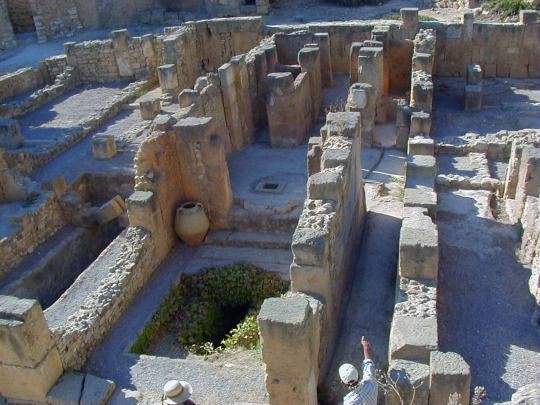
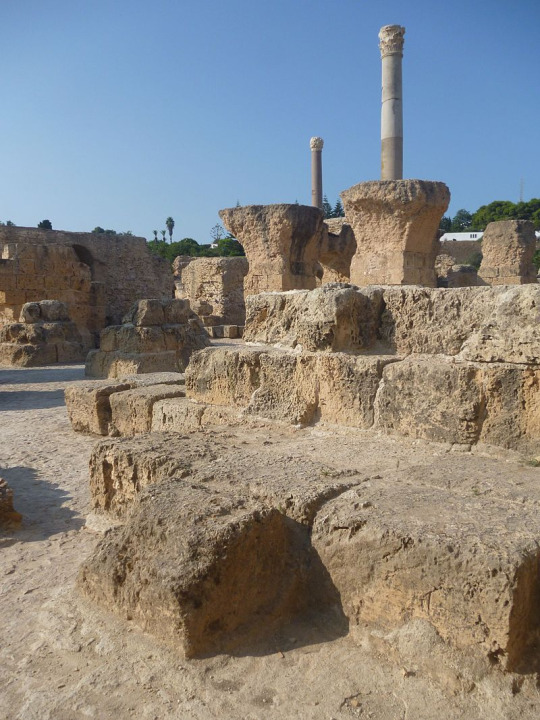
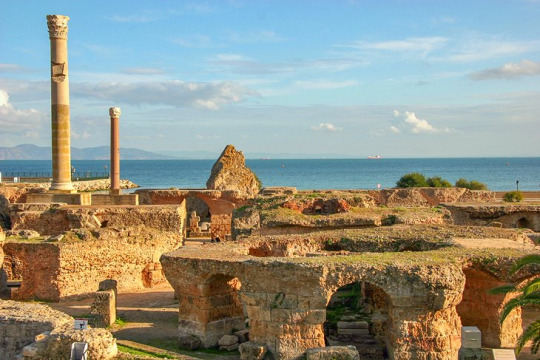

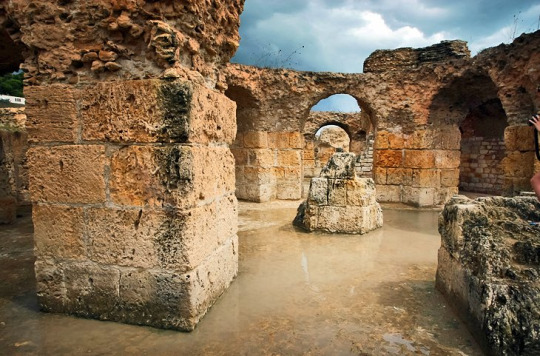


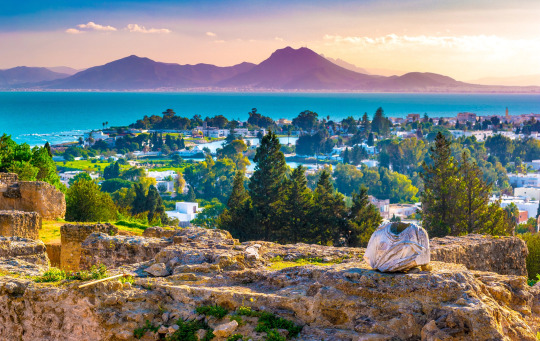
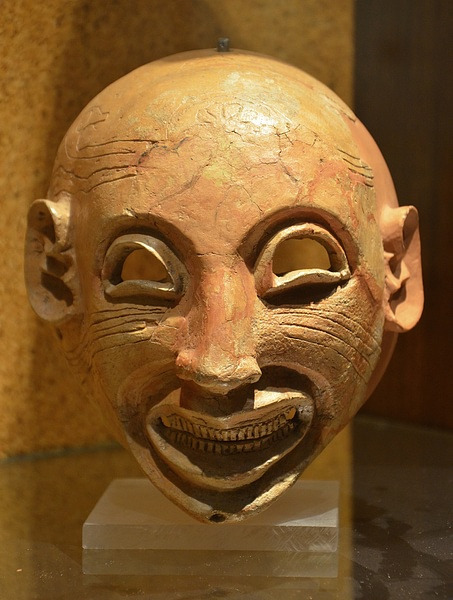
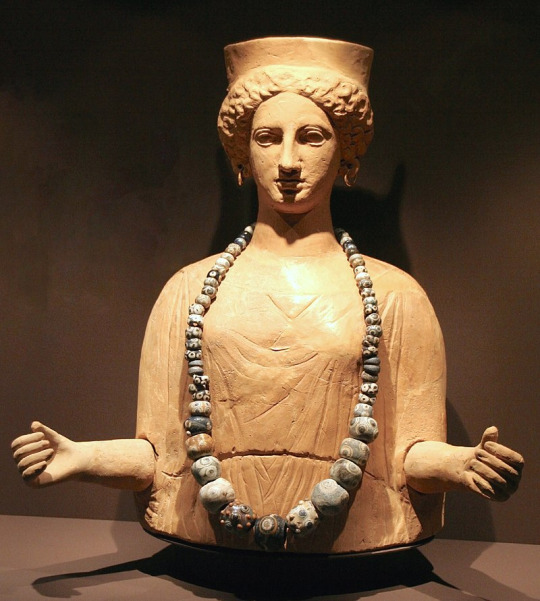

#antiquity#ancient carthage#punic wars#hannibal#ancient rome#tunisia#north africa#ancient world#ancient history#carthage#rome#mediterranean#phoenicia#ancient phoenicia#tyre#baal hamon#tanit#dido#ancient ruins
18 notes
·
View notes
Text
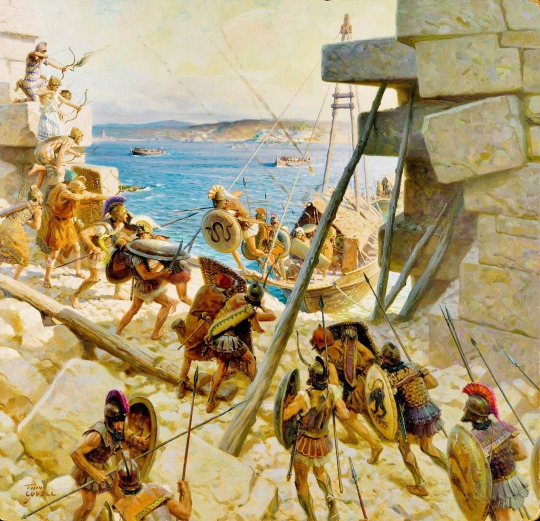
Siege of Tyre (332 BC)
#siege of tyre#alexander the great#alexander#tyre#siege#history#art#mediterranean#phoenicia#macedonian#macedonia#league of corinth#hephaestion#achaemenid empire#tyrians#ancient world#tom lovell
71 notes
·
View notes
Photo
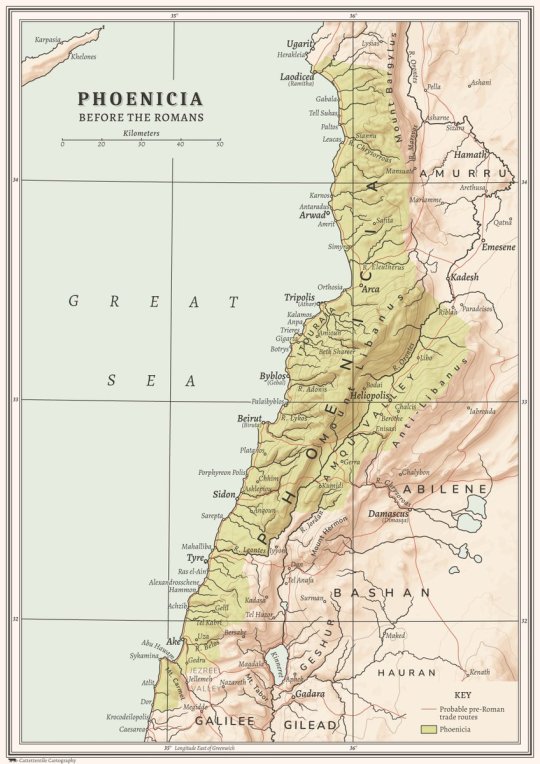
A map of Phoenicia before the Romans
by @Schwarzbauer2
The Phoenicians were a distinct Semitic-speaking group living in parts of modern-day Syria, Israel, and Lebanon. In the ancient world, they were renowned for their sea-fairing abilities which brought them trade, colonies and merchandise.
131 notes
·
View notes
Link

New Banner Feature : Ancient Canaan
Explore the cities, groups, states, and kingdoms which went into making up the ancient region of Canaan (today's Levant) in the Near East of the third, second, and first millennia BC.
#history#historyfiles#ancient history#near east#near east history#middle east#middle east history#ancient israel#ancient lebanon#phoenicia#phoenicians#city states#levant#kingdoms#king lists#semites#philistines
8 notes
·
View notes